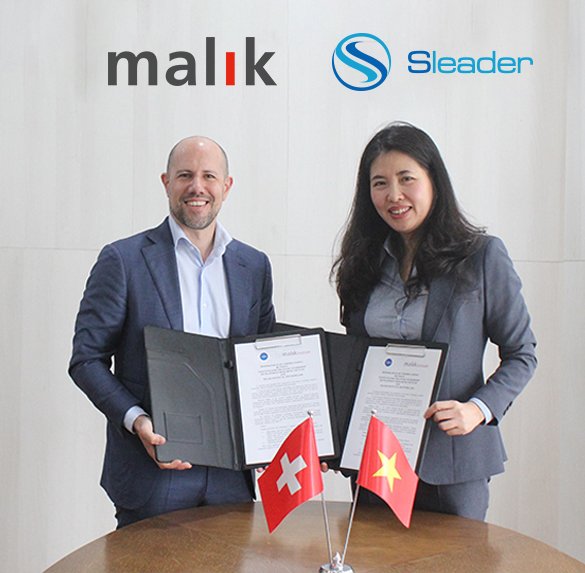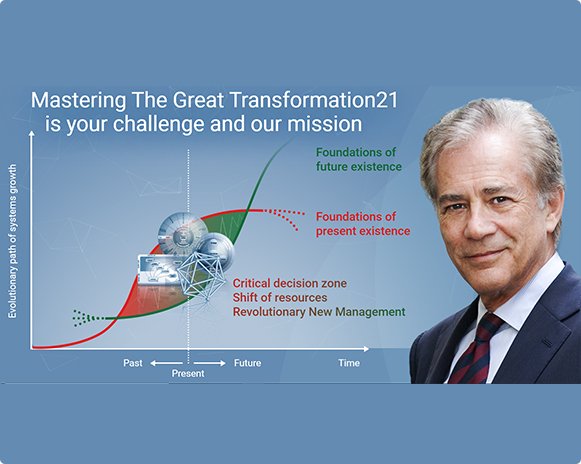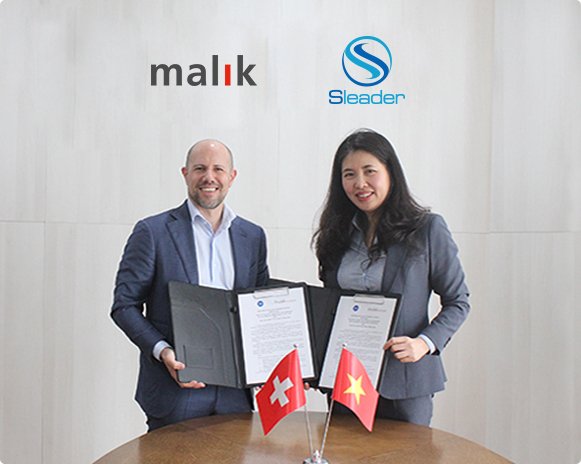
Malik Institute, Switzerland
Malik Institute was founded in 1984 in Switzerland by Professor Fredmund Malik, the world\’s leading expert in systems management and cybernetics, management and leadership. He is the scholar and the theorist of “The Great Transformation of the Century 21”. He is also the author of the classic “Managing Performing Living” – voted as one of the top 100 most influential management books of all time. Malik Institute, with several modern management models and tools, has successfully deployed about 1000 contract sessions for business organizations, including the world\’s leading brands such as BMW Group, Volkswagen, BASF, Daimler, Airbus; as well as public agencies such as the Swiss Ministry of Health, the German Ministry of Education and Research, the Austrian Railway Administration, the Freiburg University Hospital (Germany), the Weifang government (China).
 |  |



